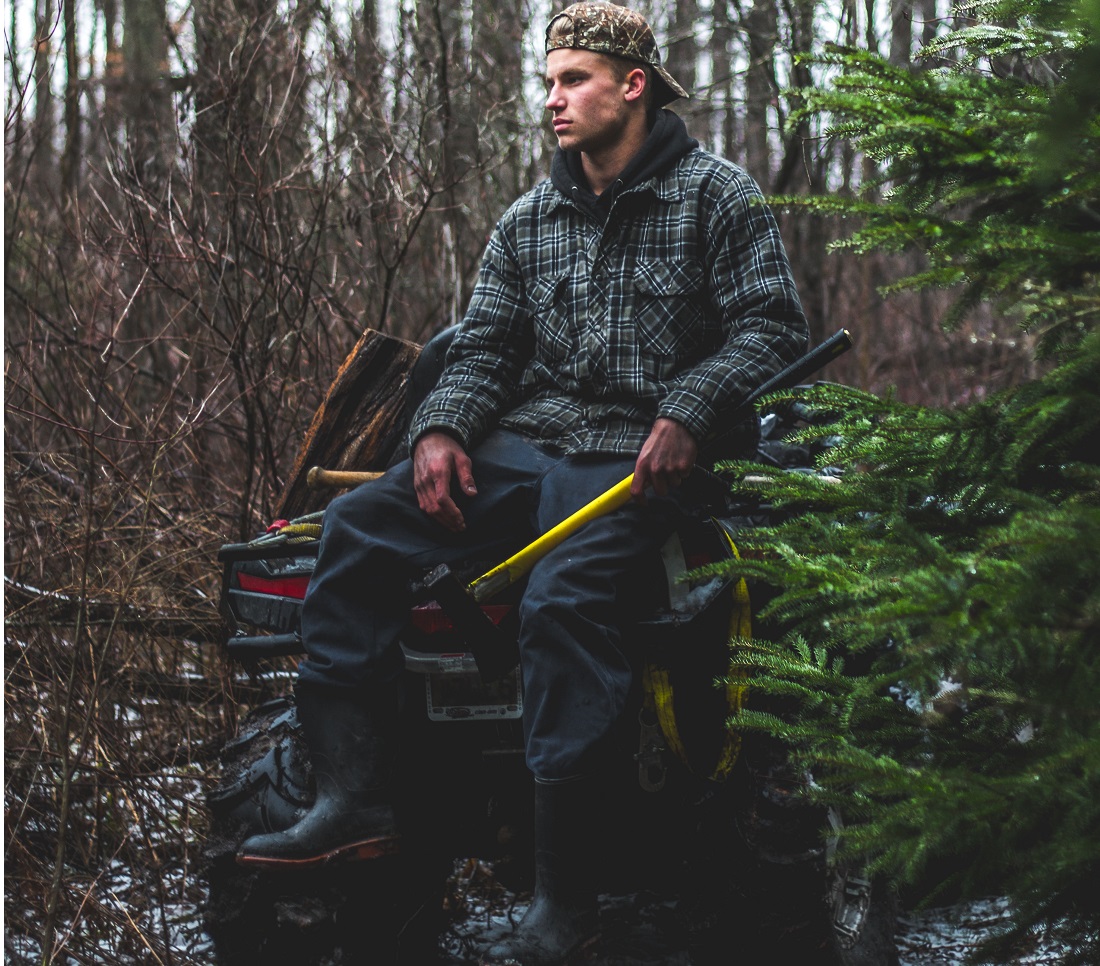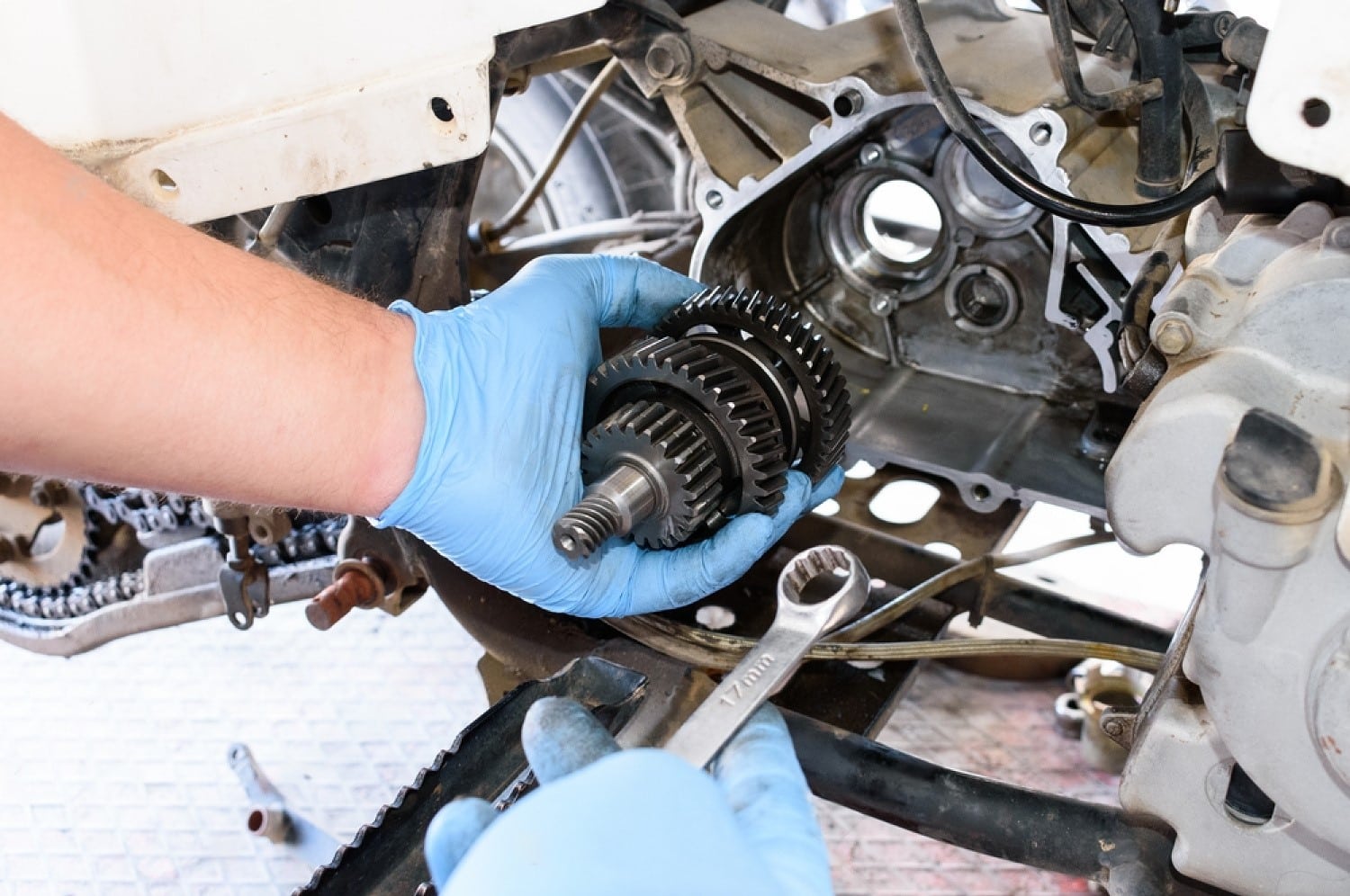ATV Bliss: Discover the Ultimate Off-Roading Experience
ATV Bliss: Discover the Ultimate Off-Roading Experience
Blog Article
ATV Riding Techniques: Mastering the Art of Off-Roading

Body Positioning
To effectively browse with difficult off-road surface, it is critical for ATV motorcyclists to continually preserve correct body positioning. Keeping the right body setting while riding an ATV not only enhances control and stability but additionally guarantees the cyclist's safety. By taking on the appropriate body placing strategies, riders can effectively disperse their weight, boost their equilibrium, and decrease the danger of injuries or mishaps.
One secret facet of proper body placing is maintaining the feet on the foot pegs. Putting the feet on the foot pegs allows the biker to maintain stability and control over the ATV. The rider's knees ought to be a little curved, supplying a small suspension to absorb shocks and maintain balance. Furthermore, the motorcyclist's top body must stay loosened up and versatile, enabling quick and smooth movements when necessary. This consists of keeping a light hold on the handlebars to keep control without extreme force.
Moreover, the motorcyclist's eyes ought to always be focused ahead, scanning the surface and expecting any type of obstacles or modifications in the trail. By preserving an onward stare, bikers can make split-second decisions and react appropriately to testing surface.
Throttle Control
Structure upon the significance of appropriate body placing for ATV riders, mastering throttle control is an important ability that makes it possible for bikers to efficiently navigate through various off-road surfaces. Throttle control refers to the ability to regulate the amount of power supplied to the ATV's engine. By comprehending just how to adjust the throttle, motorcyclists can ensure a smooth and controlled velocity, allowing them to navigate challenges with precision.
One of the basic aspects of throttle control is learning to modulate the throttle efficiently. Abrupt or jerky motions can create the ATV to lose grip or become unsteady, making it tough to maintain control. Rather, bikers must intend for intentional and gradual throttle inputs, specifically when going across tough terrains. This technique permits the ATV to preserve a steady speed and offers much better traction, lowering the threat of mishaps.
In enhancement to smooth modulation, riders should also discover exactly how to balance the throttle with various other riding methods, such as body positioning Learn More and stopping. When climbing steep hillsides, cyclists need to apply sufficient throttle to maintain energy without triggering or overpowering the atv wheel spin. When coming down high slopes, riders need to make use of the throttle in mix with proper body positioning and stopping to maintain control and protect against the ATV from moving or tipping over.

Braking Strategies
A vital element of ATV riding techniques is grasping efficient stopping strategies. Understanding how to brake correctly can make a considerable distinction in your safety and security and control over the automobile when it comes to off-roading. One of one of the most critical stopping strategies is making use of the front brake more than the rear brake. The front brake supplies the majority of the stopping power, so it is important to utilize it sensibly. Nevertheless, it is essential to keep in mind that harsh stopping with only the front brake can create the ATV to pitch onward, potentially resulting in loss of control or perhaps turning over. Consequently, it is advised to use both brakes all at once, but with more pressure on the front brake. An additional vital method is to stay clear of securing the wheels while braking. Securing the wheels can cause skidding, making it challenging to preserve control. To stop this, press the brake levers slowly and release them slightly if you feel the wheels securing. By understanding these stopping techniques, you can boost your ATV riding skills and make certain a secure and pleasurable off-roading experience.
Cornering Methods
One crucial element of mastering ATV riding strategies is recognizing reliable cornering techniques. Catching on an ATV can be tough, however with the appropriate techniques, riders can navigate turns safely and efficiently. The trick to effective cornering is to preserve control of the ATV while maximizing grip and minimizing the threat of tipping over.
To perform a correct cornering method, motorcyclists must come close to the turn at an ideal rate, guaranteeing they are not going too quick or as well sluggish. It is crucial to move the body weight towards the inside of the turn, leaning into it to maintain equilibrium and his explanation security. This helps for the centrifugal force and keeps the ATV upright.
Furthermore, bikers should keep their eyes concentrated on the leave factor of the turn rather than the prompt course in advance (ATV). This allows for smoother and extra exact guiding, as it aids the rider anticipate any challenges or adjustments in surface
Furthermore, appropriate throttle control plays a considerable duty in cornering. Motorcyclists must regulate the throttle smoothly, avoiding unexpected accelerations or decelerations, which can cause loss of control.
Uphill and Downhill Riding
When browsing off-road terrain, ATV motorcyclists should master the techniques for uphill and downhill riding to maintain control and guarantee security. Downhill riding, on the various other hand, calls for riders to lean back and shift their weight towards the rear of the ATV. By grasping the techniques for uphill and downhill riding, ATV bikers can with confidence tackle numerous off-road terrains and delight in a safe and exhilarating adventure.
Verdict
In conclusion, understanding the art of ATV riding calls for a mix of body positioning, throttle control, stopping strategies, and efficient cornering. Uphill and downhill riding also call for specific abilities to navigate securely. By carrying out these techniques, riders can boost their off-roading experience and boost their general control and security on the ATV.
ATV Riding Techniques: Grasping the Art of Off-Roading is an extensive guide that delves into the intricacies of mastering the abilities required for off-road ATV riding. Whether you are a beginner or an experienced biker, ATV Riding Techniques: Mastering the Art of Off-Roading offers important recommendations to assist raise your off-road ATV riding abilities to the following level.

Report this page